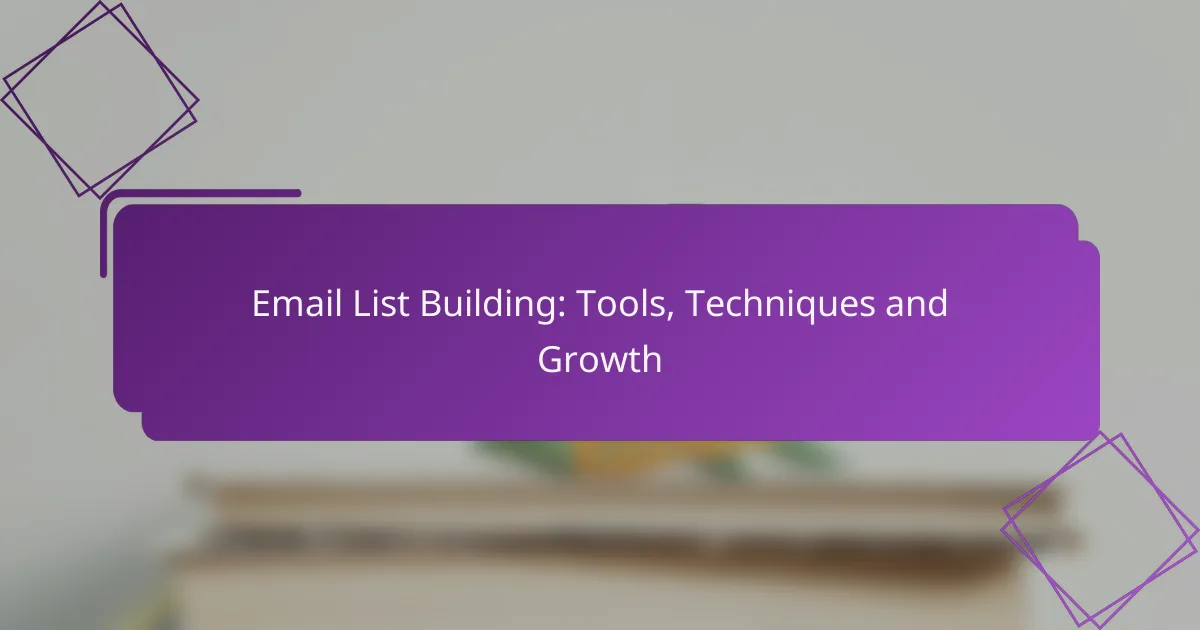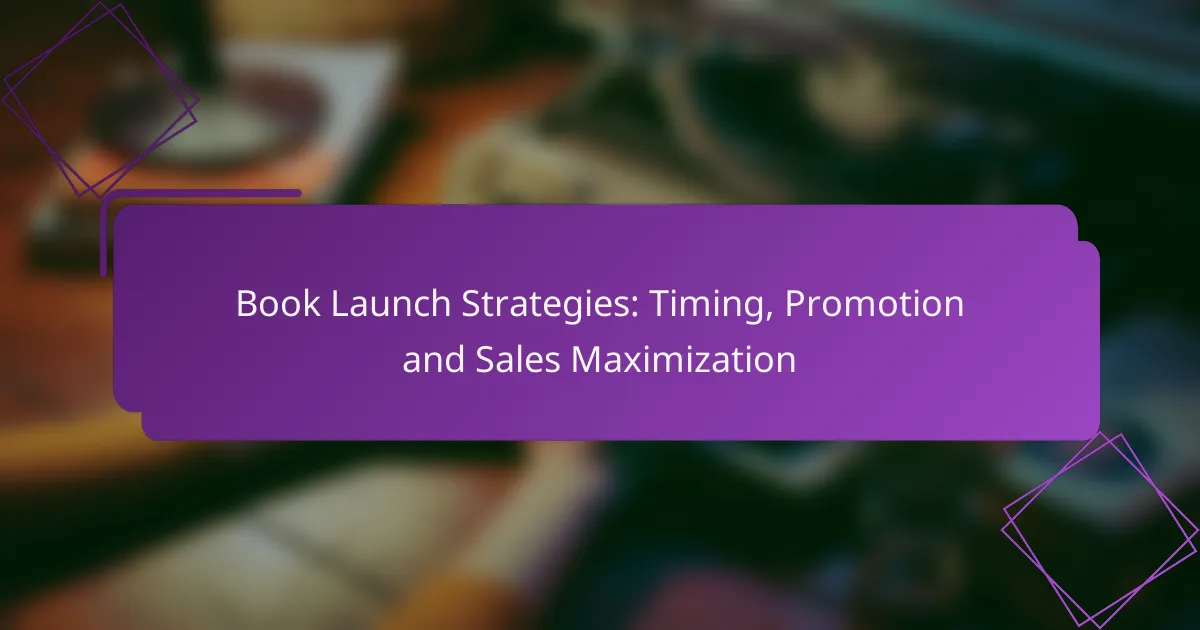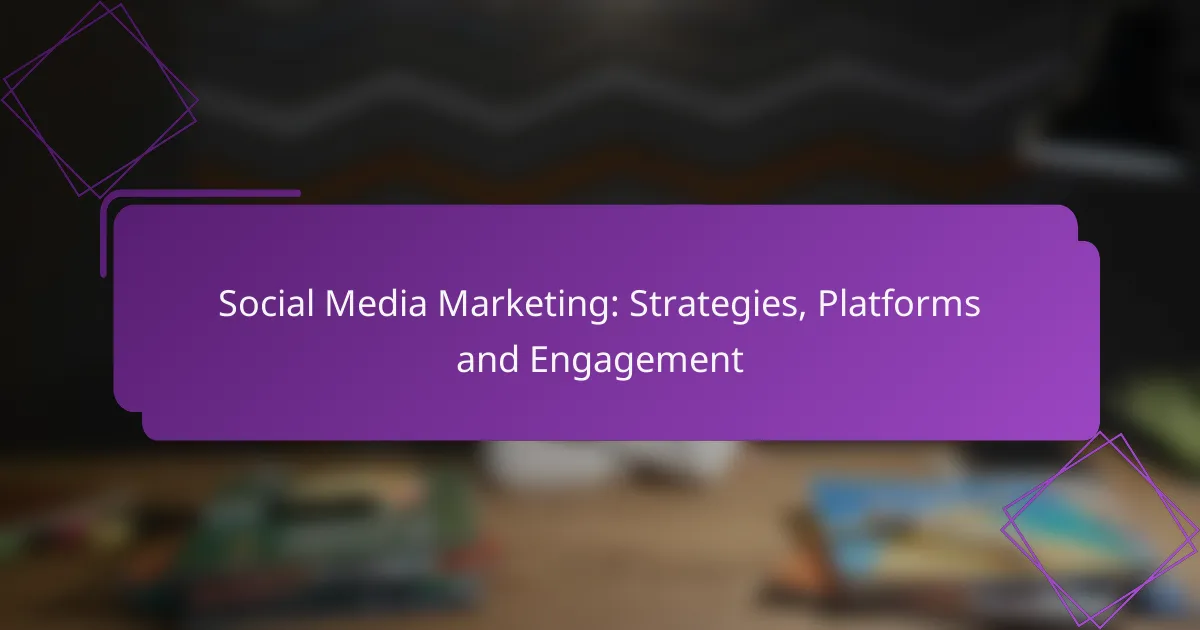Email list building is a crucial strategy for engaging with your audience and driving growth. By utilizing the right tools and techniques, such as customizable sign-up forms and lead magnets, you can effectively expand your subscriber base. Additionally, segmenting your email list allows for more targeted communication, enhancing engagement and conversion rates.

What are the best tools for email list building?
The best tools for email list building streamline the process of collecting, managing, and engaging with subscribers. They offer features like customizable sign-up forms, automation, and analytics to help grow your audience effectively.
Mailchimp
Mailchimp is a widely used email marketing platform that offers user-friendly tools for list building. It provides customizable sign-up forms, landing pages, and integrations with various applications to capture leads seamlessly.
Consider its free tier, which allows you to manage a limited number of subscribers, making it ideal for small businesses or startups. However, as your list grows, pricing can escalate, so plan accordingly.
Constant Contact
Constant Contact is known for its robust email marketing features and excellent customer support. It offers easy-to-use templates and tools for creating sign-up forms that can be embedded on your website or shared via social media.
This platform is particularly beneficial for those new to email marketing, as it provides extensive resources and tutorials. Keep in mind that while it offers a free trial, ongoing costs can be higher compared to some competitors.
Sendinblue
Sendinblue combines email marketing with SMS campaigns, making it a versatile choice for list building. It offers a free plan with a daily sending limit, which is suitable for small businesses looking to grow their email lists without upfront costs.
Its automation features allow you to nurture leads effectively, but be aware that the free plan has limitations on the number of emails sent per day, which may not suffice for larger campaigns.
AWeber
AWeber is designed for small businesses and entrepreneurs, providing a straightforward approach to email list building. It includes features like drag-and-drop email design and customizable sign-up forms to attract subscribers easily.
AWeber’s pricing is competitive, and it offers a free trial period. However, its automation capabilities may not be as advanced as some other platforms, so consider your specific needs before choosing.
ConvertKit
ConvertKit is tailored for creators and bloggers, focusing on simplicity and efficiency in email list building. It offers powerful tagging and segmentation features, allowing you to personalize your communication based on subscriber behavior.
This platform’s visual automation builder is intuitive, making it easy to set up complex email sequences. While it has a free plan, advanced features require a subscription, which can be a consideration for budget-conscious users.
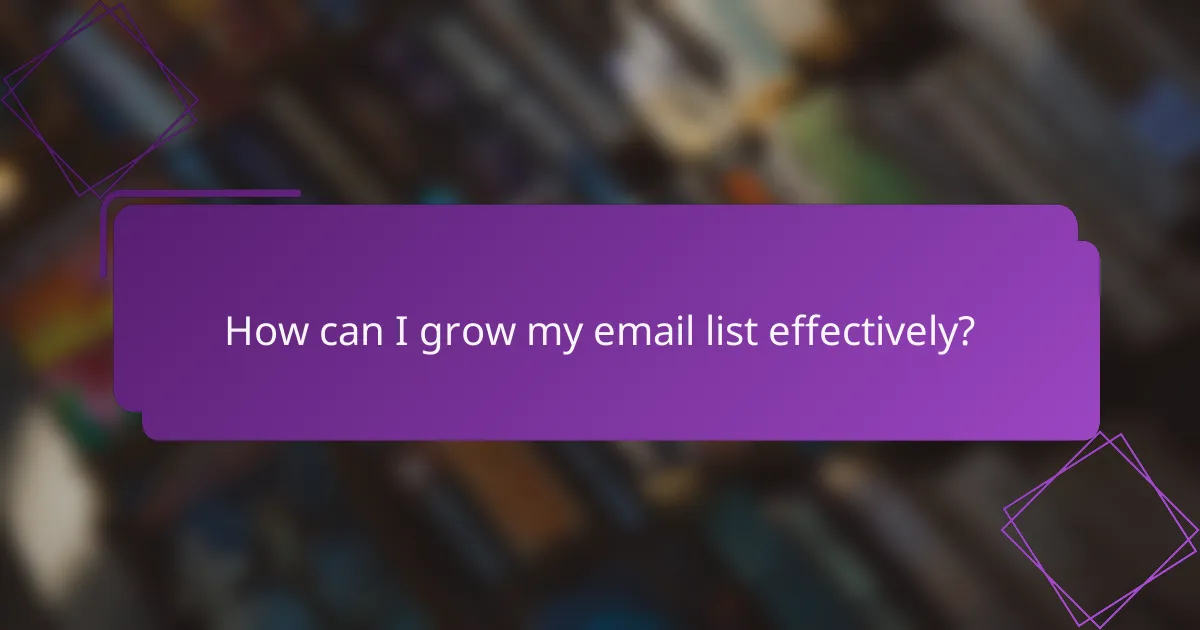
How can I grow my email list effectively?
To grow your email list effectively, focus on providing value to your audience while using strategic tools and techniques. Implementing lead magnets, optimizing landing pages, leveraging social media, and establishing referral programs can significantly enhance your subscriber base.
Utilize lead magnets
Lead magnets are incentives offered to potential subscribers in exchange for their email addresses. Common examples include free e-books, exclusive webinars, or discount codes. Ensure that your lead magnet is relevant to your target audience and provides genuine value to encourage sign-ups.
When creating a lead magnet, consider what your audience finds appealing. For instance, if you run a fitness blog, a free meal plan or workout guide could attract more subscribers. Aim for high-quality content that aligns with your brand to build trust and engagement.
Optimize landing pages
Landing pages should be designed specifically to convert visitors into subscribers. Focus on a clean layout, clear messaging, and a strong call to action. Use compelling headlines and concise descriptions to highlight the benefits of subscribing.
Incorporate elements like testimonials or trust badges to enhance credibility. A/B testing different versions of your landing page can help identify which elements drive the highest conversion rates. Aim for a conversion rate of 20-30% to ensure your landing pages are effective.
Leverage social media
Social media platforms are powerful tools for growing your email list. Share engaging content that encourages followers to subscribe, such as sneak peeks of your lead magnets or exclusive offers. Use clear calls to action in your posts to direct users to your sign-up form.
Consider running targeted ads on platforms like Facebook or Instagram to reach a broader audience. These ads can be tailored to specific demographics, increasing the likelihood of attracting interested subscribers. Regularly engage with your audience to build relationships that foster trust and encourage sign-ups.
Implement referral programs
Referral programs incentivize your current subscribers to refer new ones, creating a network effect. Offer rewards such as discounts, exclusive content, or entries into a giveaway for each successful referral. This not only grows your list but also strengthens your community.
Make it easy for subscribers to share your referral program through social media or email. Clear instructions and attractive rewards can motivate them to participate. Monitor the performance of your referral program to adjust incentives and maximize effectiveness.

What are the best practices for email list segmentation?
Email list segmentation involves dividing your email subscribers into smaller groups based on specific criteria. This practice enhances targeting and personalization, leading to improved engagement and conversion rates.
Demographic segmentation
Demographic segmentation categorizes subscribers based on characteristics such as age, gender, income, and education level. This method allows marketers to tailor messages that resonate with specific groups, increasing the likelihood of engagement.
For example, a company selling luxury goods may target high-income individuals, while a brand focused on student discounts would emphasize affordability to younger audiences. Understanding your audience’s demographics can significantly enhance your email marketing effectiveness.
Behavioral segmentation
Behavioral segmentation focuses on subscribers’ actions and interactions with your brand, such as purchase history, website visits, and email engagement. By analyzing these behaviors, you can create targeted campaigns that address specific needs or interests.
For instance, you might send a re-engagement email to subscribers who haven’t opened your emails in a while or offer personalized product recommendations based on past purchases. This approach can lead to higher conversion rates and customer loyalty.
Geographic segmentation
Geographic segmentation divides your email list based on location, such as country, region, or city. This is particularly useful for businesses with location-specific offers or services, allowing for more relevant messaging.
For example, a retailer might promote seasonal products that are only available in certain climates or send localized event invitations. Understanding geographic differences can help you tailor your marketing strategies effectively.
Engagement-based segmentation
Engagement-based segmentation categorizes subscribers based on their interaction levels with your emails, such as open rates, click-through rates, and response rates. This method helps identify highly engaged users versus those who may need more nurturing.
For instance, you could create a segment for highly engaged subscribers and send them exclusive offers, while targeting less engaged users with re-engagement campaigns. This strategy can optimize your email performance and improve overall engagement.
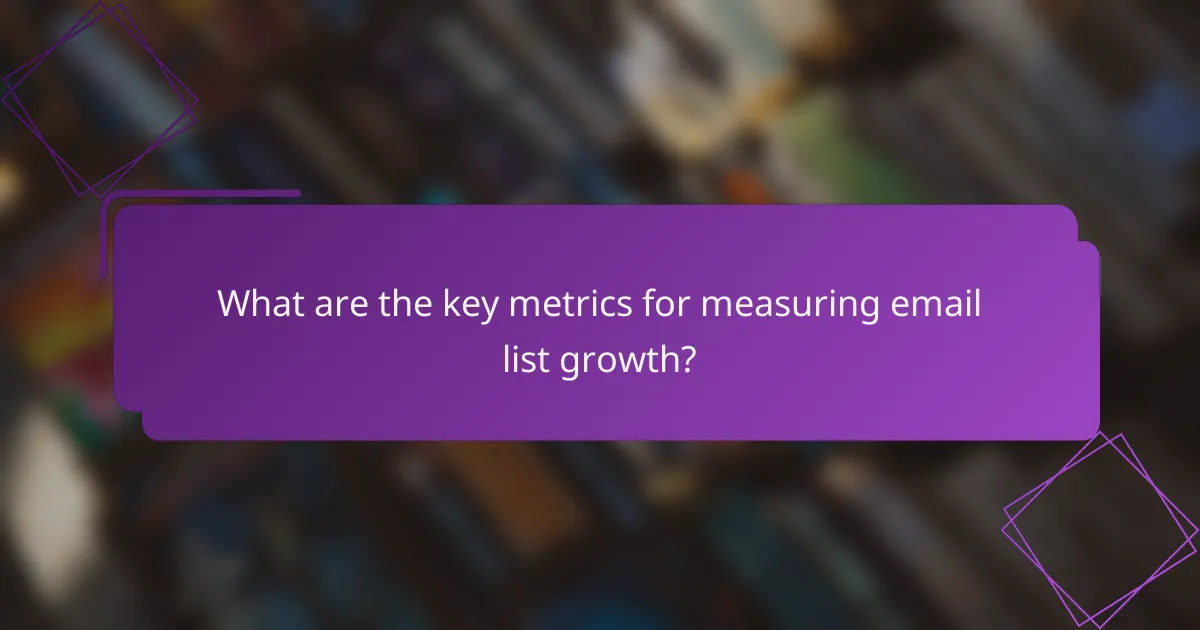
What are the key metrics for measuring email list growth?
Key metrics for measuring email list growth include subscriber growth rate, open rates, click-through rates, and unsubscribe rates. These metrics provide insights into the effectiveness of your email marketing strategies and help identify areas for improvement.
Subscriber growth rate
The subscriber growth rate indicates how quickly your email list is expanding. It is calculated by taking the number of new subscribers over a specific period and dividing it by the total number of subscribers at the beginning of that period.
A healthy growth rate typically ranges from 2% to 5% per month, depending on your industry. To boost this rate, consider using lead magnets, referral programs, and social media promotions to attract new subscribers.
Open rates
Open rates measure the percentage of subscribers who open your emails. This metric is crucial for assessing the effectiveness of your subject lines and overall email engagement. A good open rate generally falls between 15% and 25% across various industries.
To improve open rates, focus on crafting compelling subject lines and segmenting your audience for more personalized content. Avoid spammy language and ensure your emails comply with regulations like the CAN-SPAM Act to maintain a positive sender reputation.
Click-through rates
Click-through rates (CTR) reflect the percentage of subscribers who click on links within your emails. This metric helps gauge the effectiveness of your content and calls to action. A typical CTR ranges from 1% to 5%, depending on the industry and email type.
To enhance CTR, use clear and enticing calls to action, optimize your email layout for mobile devices, and ensure that your content is relevant to your audience’s interests. A/B testing different elements can also provide insights into what resonates best with your subscribers.
Unsubscribe rates
Unsubscribe rates indicate the percentage of subscribers who opt out of your email list. Monitoring this metric is essential for understanding subscriber satisfaction and the overall health of your email marketing efforts. A low unsubscribe rate is generally below 1% per month.
To minimize unsubscribe rates, regularly review your email content and frequency. Ensure that you provide value in every email and consider offering preferences for how often subscribers wish to hear from you. Additionally, make it easy for subscribers to provide feedback on why they are leaving.
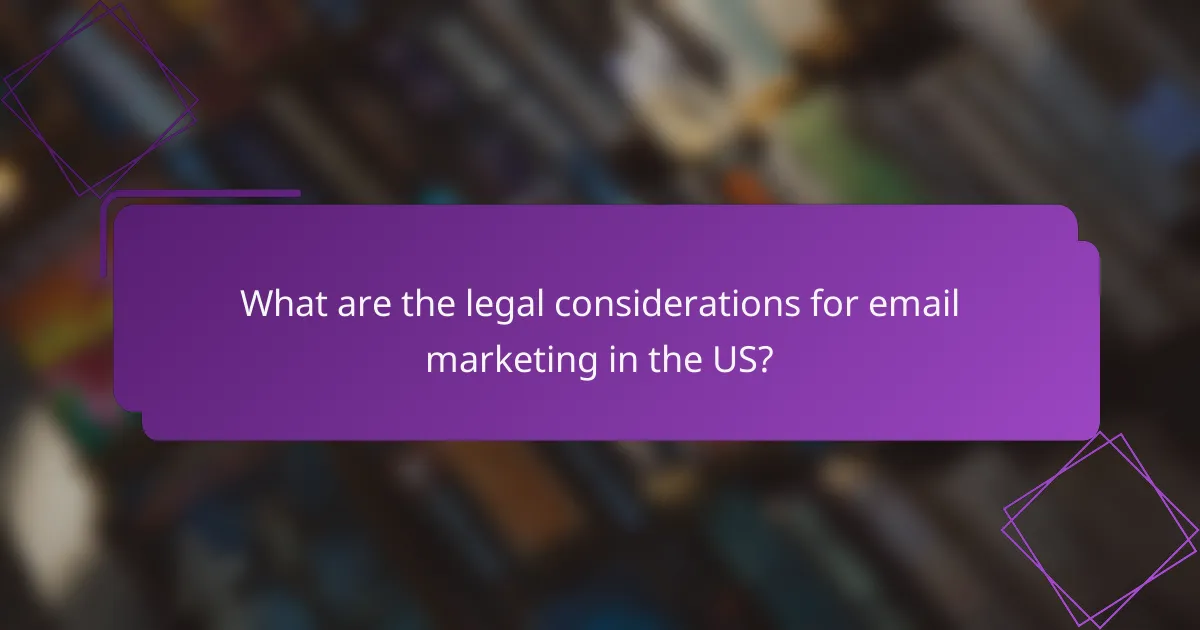
What are the legal considerations for email marketing in the US?
Email marketing in the US is governed by several legal frameworks, primarily the CAN-SPAM Act. This legislation sets rules for commercial emails, including requirements for consent, content, and opt-out mechanisms.
Understanding the CAN-SPAM Act
The CAN-SPAM Act establishes guidelines for sending commercial emails, requiring that recipients have the option to opt-out of future communications. Marketers must include a physical mailing address and a clear identification of the email as an advertisement.
Failure to comply with these regulations can result in significant fines, making it crucial for businesses to understand and implement these requirements effectively.
Consent and Opt-In Requirements
While the CAN-SPAM Act does not mandate prior consent for sending emails, obtaining explicit permission through an opt-in process is a best practice. This approach not only enhances engagement but also reduces the likelihood of spam complaints.
Consider using double opt-in methods, where users confirm their subscription via a follow-up email. This adds an extra layer of verification and ensures that your list consists of genuinely interested recipients.
Content Regulations
Emails must include accurate header information and subject lines that are not misleading. The content should clearly identify the sender and the purpose of the email. Misleading information can lead to penalties under the CAN-SPAM Act.
Including an easy-to-find unsubscribe link is essential. This link must function correctly and allow recipients to opt-out without any barriers, such as requiring them to log in or provide additional information.
Record Keeping and Compliance
Maintaining records of consent and communications is vital for compliance. Businesses should document how and when consent was obtained, as well as any opt-out requests.
Regularly reviewing your email practices and updating your policies in line with legal changes can help avoid potential issues. Consider consulting with a legal expert to ensure your email marketing strategies align with current regulations.
